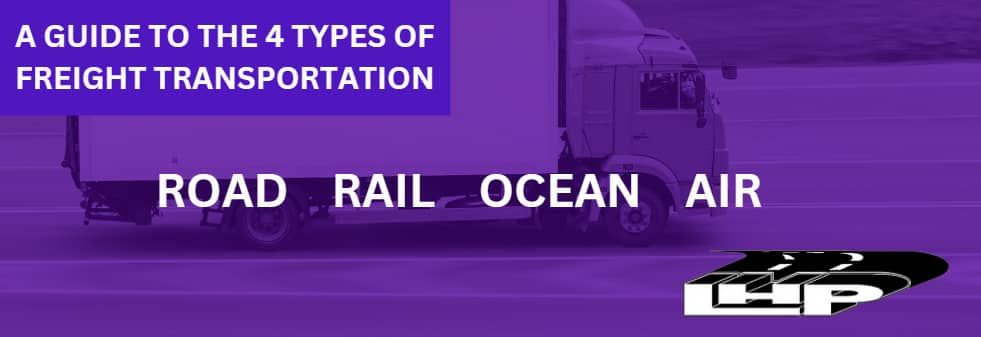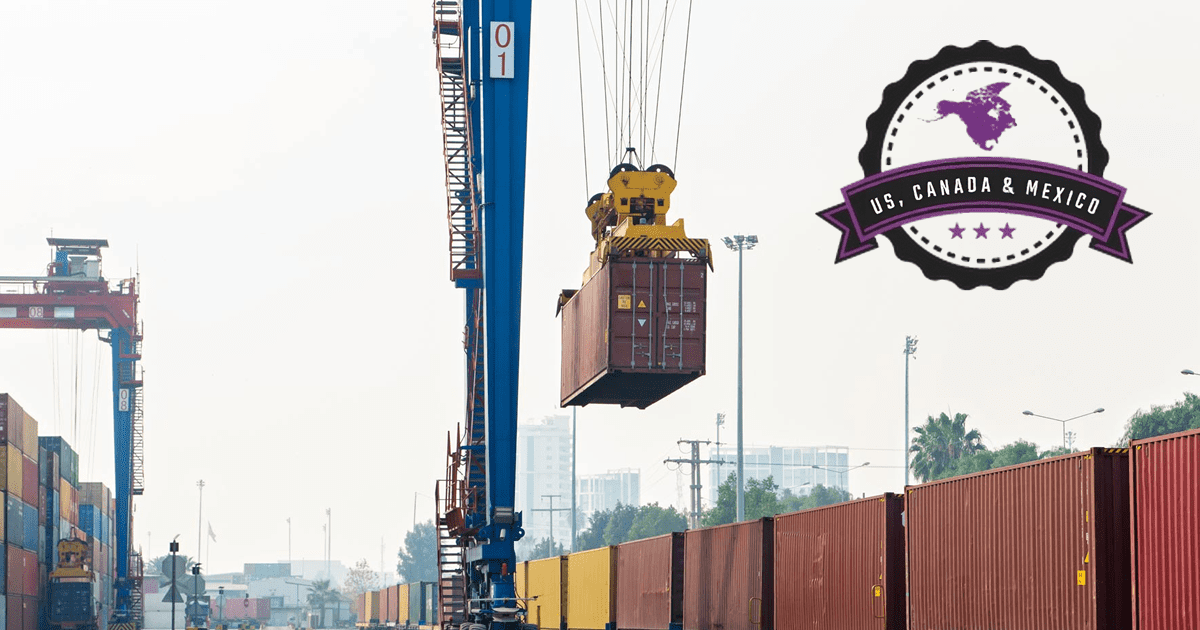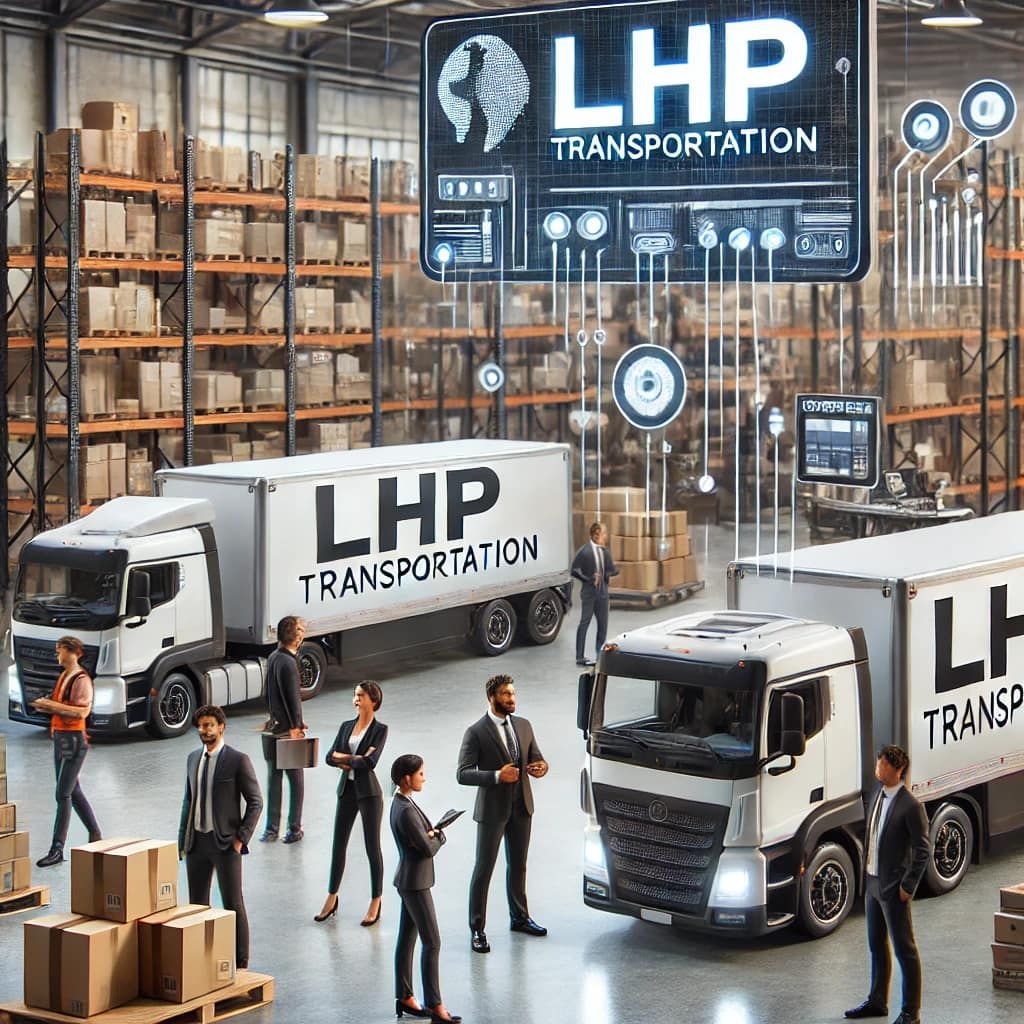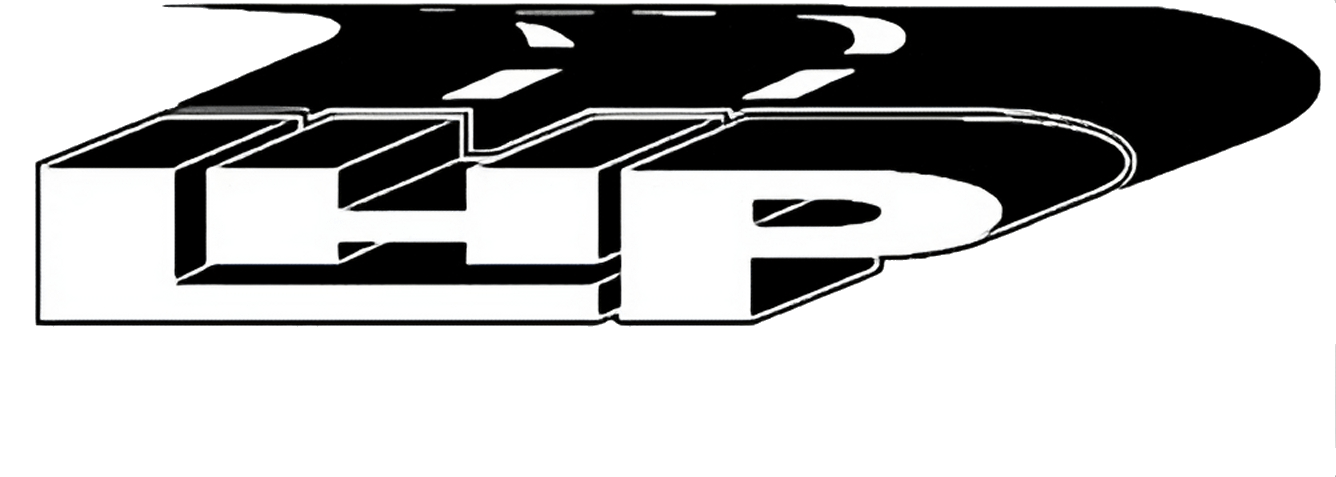A Guide to the 4 Types of Freight Transportation

Shippers and transportation companies forwarding cargo are constantly weighing four different variables when they are deciding how to deliver goods. Price, speed, convenience, and safety are all factors that impact how logistics are moved through the supply chain. At LHP Transportation, we optimize our services by taking all of this into consideration as we decide which mode of delivery to use. Here is a breakdown of the four types of freight transportation:
Road
Road freights can be split into two different types of self-explanatory services: less-than-truckload and full-truckload. In both cases, goods get delivered entirely via ground transportation in trucks. This mode of transport is not the best for long-distance delivery because fuel consumption adds up fast which makes it more expensive. In addition, traveling on the road is also a slower method than alternatives. But road freight does allow companies to adjust routes on short notice and deliver to obscure, remote locations. This makes it the most common mode of transport.
Rail
When goods are stored on trains and transported through that medium, we are using rail freight transportation. Primarily used for long distance freight because it is cheaper, rail transport carries heavier goods such as vehicles, livestock, and heavy collections of items. For short distance freight, using road delivery is the more viable option. This is also the case for smaller deliveries.
Ocean
When goods need to be delivered across large bodies of water, sea freight is one option cargo companies can select. Like rail freight, ocean transport can carry any type of cargo in its containers including cranes, construction projects, and heavy equipment. Sea freight is much slower than the other modes of transport, sometimes taking a month to go from port to port. But because ships can carry so much cargo, ocean freight is much more cost effective than some alternatives.
Air
Air freight using airplanes is the main alternative to ocean freight when it comes to delivering across the sea. Air shipments are much more expensive than sea freight, and they cannot move as much cargo due to safety factors such as weight and capacity. But the reason air freight is the most common method for country-to-country direct transport is because of its speed and convenience.
With all of these modes of delivery in mind, LHP Transportation selects the best method for each given situation. In a long distance time crunch, air freight is the go-to. If the destination is close by, road freight is the best choice. For a heavy cargo shipment across the country, using railways is the smartest route. When needing to go across the ocean to ship construction equipment, we will use sea freight. For more information on how LHP Transportation has been providing top-of-the-line shipment services for the past 20 years, contact us today.






